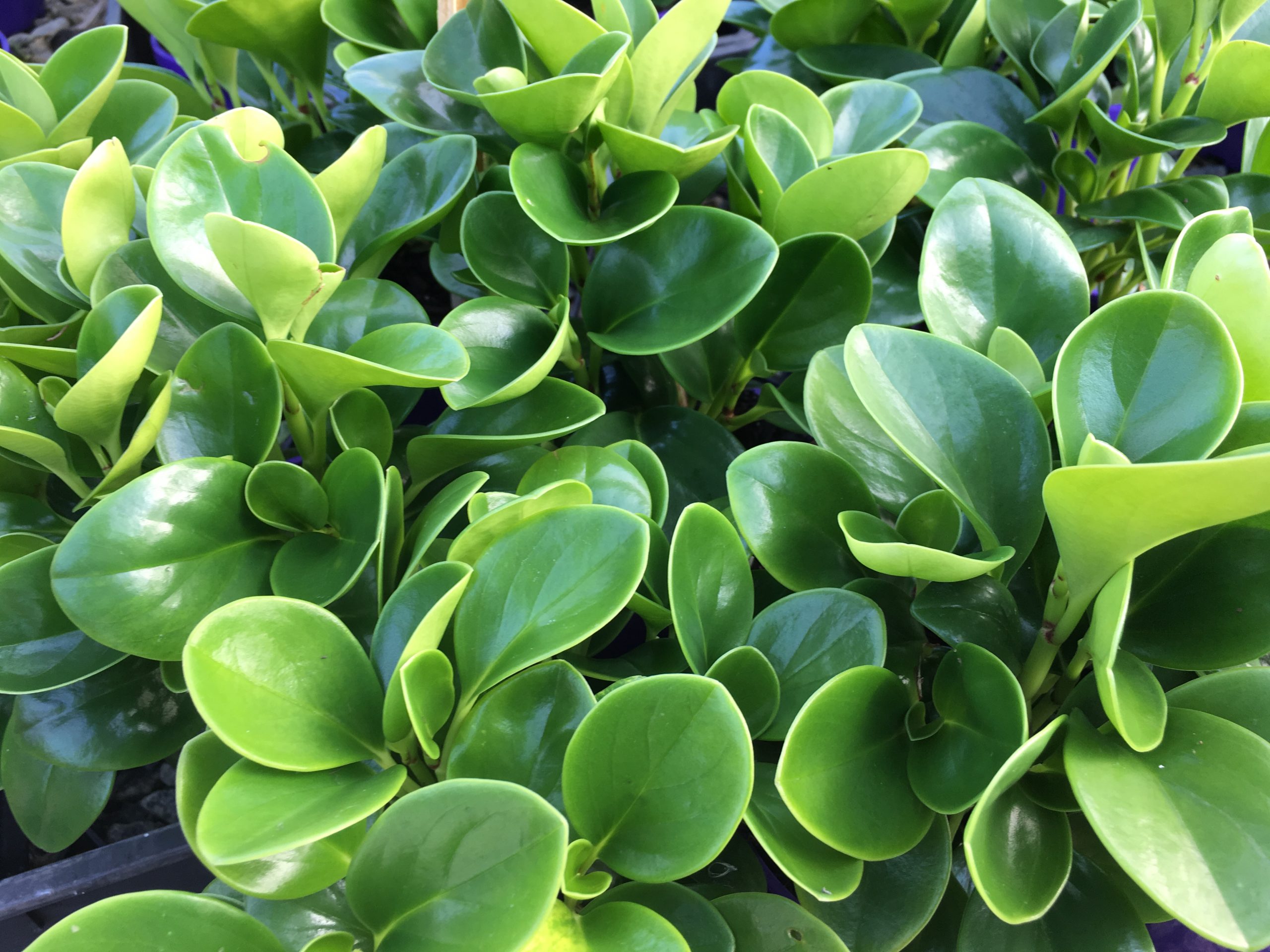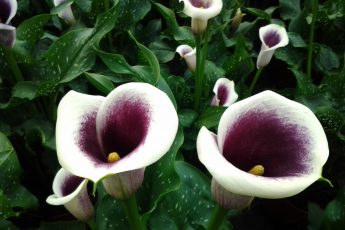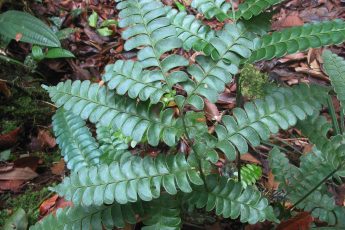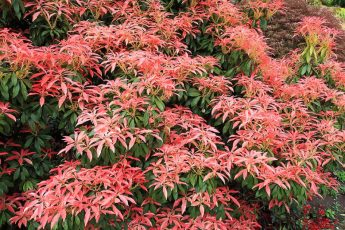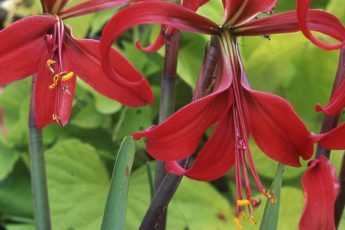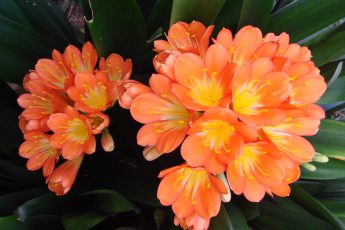Peperomia, belonging to the Piperaceae family, is a tropical plant that originates from the lush forests of Central and South America, including Brazil and Ecuador. Known for its resilience and vibrant foliage, Peperomia has secured its place in many homes as a delightful addition to indoor plant collections. This perennial shrub is equally cherished by beginner and experienced gardeners due to its ease of cultivation and versatility in various home environments.
Understanding Peperomia: Growth and Characteristics
Peperomia plants can generally reach a comfortable size of about 20 cm, although some species may grow up to 50 cm when planted in a pot. Exhibiting a moderate growth rate, young plants typically grow about 10-13 cm annually. These plants are perennial, providing enduring beauty throughout the years.
Optimal Growing Conditions for Peperomia
Temperature and Humidity
Peperomia thrives in warmer temperatures. During the summer months, it prefers conditions up to 75.2°F. In contrast, winter temperatures should ideally be maintained between 59-64.4°F. While it can tolerate temperatures as low as 50°F with reduced watering, sudden temperature fluctuations should be avoided to prevent plant stress. Although Peperomia is not overly sensitive to humidity levels, misting the plant daily or placing it on a tray of wet pebbles can promote healthier growth. It generally benefits from higher humidity, much like its natural tropical habitat.
Lighting
Providing appropriate lighting is crucial for the health of Peperomia. Most species thrive best under moderate lighting with partial shade to achieve optimal growth. Direct sunlight can be harmful, making the foliage appear sluggish and lifeless. However, variegated forms of Peperomia demand bright, diffused light to maintain their striking leaf patterns.
Soil Requirements
For Peperomia, a fertile, well-draining soil with a neutral pH is ideal. Consider a potting mix similar to that used for African violets (senpolia), consisting of two parts garden soil, two parts humus (leaf earth), peat, and one part coarse sand or perlite. Alternatively, a mixture of equal parts leaf mold, sod, humus, peat, and sand will suffice. Always ensure the pot has a drainage hole to prevent waterlogging.
Watering and Fertilization
Peperomia plants require moderate watering with room-temperature water. In the summer, water the plant every 10 days, reducing the frequency to once every 2-3 weeks in the winter. However, allow the soil to remain slightly moist to prevent leaf wilting and drop. Fertilize from May to September using a diluted liquid fertilizer, only once every two weeks, implementing just half of the recommended dose to avoid over-fertilization.
Propagation Techniques for Peperomia
Propagation is a straightforward process with Peperomia. The plant can be easily multiplied by dividing the bush during re-potting. Alternatively, stem or leaf cuttings are commonly used. When preparing cuttings, choose stems at least 2.5 cm long and treat them with a rooting mixture of peat and sand. Cover the container with glass or polyethylene to create a humid environment conducive to root development. An interesting method for enthusiasts is seed propagation. Seeds are best sown in early spring in a mini-greenhouse setup with a similar peat and sand mixture. Keep the container covered and stored in a dark area, moving to light with shading when germination begins.
Maintenance and Troubleshooting
Peperomia typically blooms in the summer, producing long, spikelet-shaped inflorescences reminiscent of plantain. However, annual re-potting in spring is recommended to accommodate the plant’s growth, though deep pots are unnecessary due to its compact root system. Care includes pruning compact varieties solely to remove damaged leaves. Certain small-leaved types are ideal for “bottle gardens.”
Despite its hardy nature, Peperomia may face difficulties such as infestations of spider mites, thrips, or scale insects, causing leaves to wilt. Issues can arise from inadequate watering, leading the leaves to wilt or excessive moisture causing blackened stems and leaves. Environmental factors, such as drafts or low temperatures, can cause brown leaf tips, while excessive watering creates sluggish and faded foliage during winter. In summer, excessive light can result in pale, flaccid leaves.
In addition to its aesthetic appeal, Peperomia holds practical benefits, including its ability to cleanse the air of formaldehyde and other toxins, enriching the indoor atmosphere with fresh oxygen. An ideal plant for the kitchen, Peperomia appreciates a humid environment but is sensitive to cold air.
Whether you’re starting your plant journey or expanding your collection, Peperomia offers an excellent blend of aesthetics and air cleaning, making it a valuable and rewarding addition to any home. By understanding its specific needs and characteristics, you can ensure a thriving, beautiful plant that enhances both your space and your well-being.
